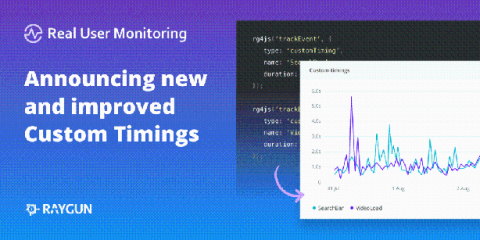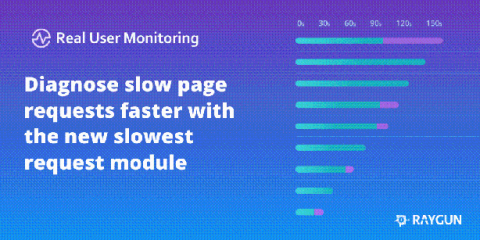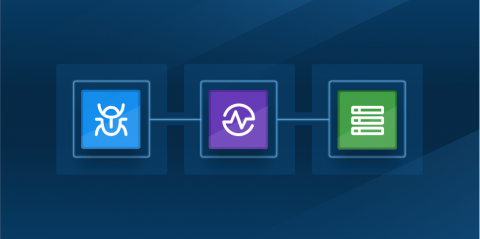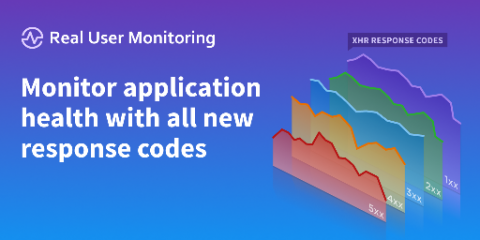Detect Content Security Policy (CSP) violations with Raygun
A Content Security Policy (CSP) is an added layer of security that helps to detect and mitigate certain types of attacks, including Cross-Site Scripting (XSS) and data injection attacks. These attacks are used for everything from data theft to site defacement to the distribution of malware. Whilst blocking attacks is important, it is also useful to be notified of attacks when they happen. A breach could bring your organization to a halt — from broken webpages to data breaches.











